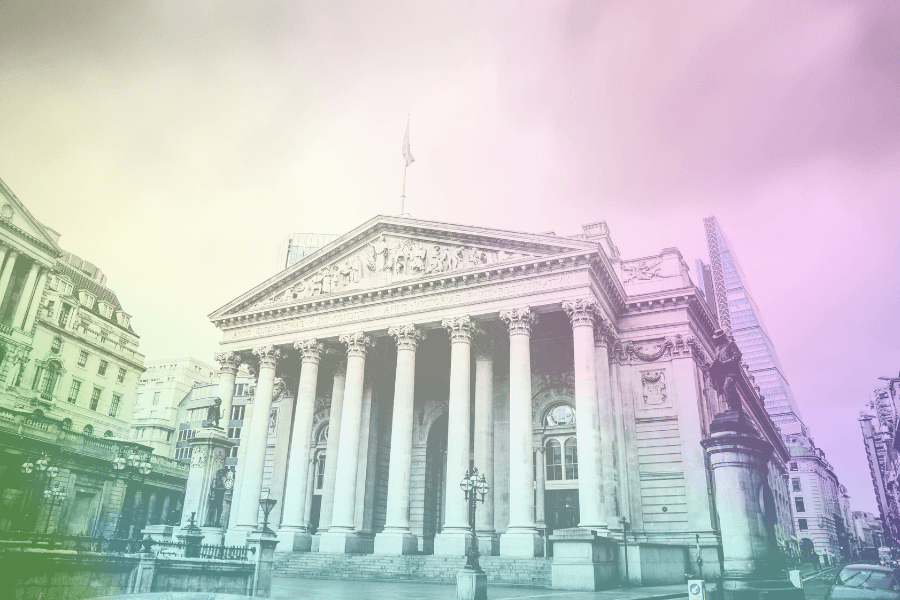
Why Self-Custody Isn’t Just Safer - It’s Smarter
How freelancers and digital workers can finally own their money not just hold it.

Imagine this. You finish a major project for a client overseas. The work is done, the deadline was met, and the client is happy. They pay you promptly via PayPal or Wise. You breathe a sigh of relief—until the next day, when the funds are frozen. No explanation. Just a vague notification about a “review” that may take up to 10 business days. You’re stuck. Rent is due. Groceries are needed. And you did everything right.
For millions of freelancers and remote workers, getting paid has become more uncertain than doing the work itself. Escrow platforms reverse transactions without context. Banks block or flag international wires. Payment processors hold funds without warning or recourse. You might have earned your income, but you don’t really own it—not until someone else decides you can.
This isn’t just frustrating. It’s dangerous. And increasingly, it’s completely avoidable.
Custody is the Problem
At the heart of all these issues lies one word: custody. Most people still rely on custodial payment platforms—services where someone else holds your money “on your behalf.” This includes banks, PayPal, most exchanges, and fintech layers like Wise or Stripe. They offer convenience on the surface, but every custodial platform introduces risk, delay, and loss of autonomy.
When a platform controls your money, you are never really in control. You are only permitted to use your funds—until a compliance team, fraud detection system, or software bug says otherwise. And when something goes wrong, support is slow, if it exists at all. There’s no emergency number for frozen wires. There’s no undo button when PayPal reverses a payment after delivery. You’re left waiting, worrying, or worse—unpaid.
Over the past two years, the consequences of custody have become painfully real. In 2024, banking-as-a-service provider Synapse collapsed, freezing funds for thousands of users across multiple apps. In 2025, Solid Financial Technologies filed for bankruptcy, leaving both companies and end-users with money stuck in a legal and technological limbo. These weren’t edge cases. These were mainstream platforms.
And in each instance, users had no recourse. Their money was legally theirs, but practically inaccessible.
What Is Self-Custody?
Self-custody offers an alternative. It means you control your own funds directly. There’s no platform between you and your money. You hold the keys. You choose when and how to move or spend what you’ve earned.
In practice, self-custody means holding your funds in a digital wallet like MetaMask or Ledger, or a smart non-custodial interface like CHEQs. Payments are sent directly to your wallet, not to a holding account controlled by a third party. You don’t need a middleman’s approval to access, move, or convert your earnings.
For freelancers and remote workers, this change is profound. It transforms your income from something conditional—granted by others—to something absolute, owned and operated by you.
To understand just how different these models are, here’s a side-by-side comparison:


